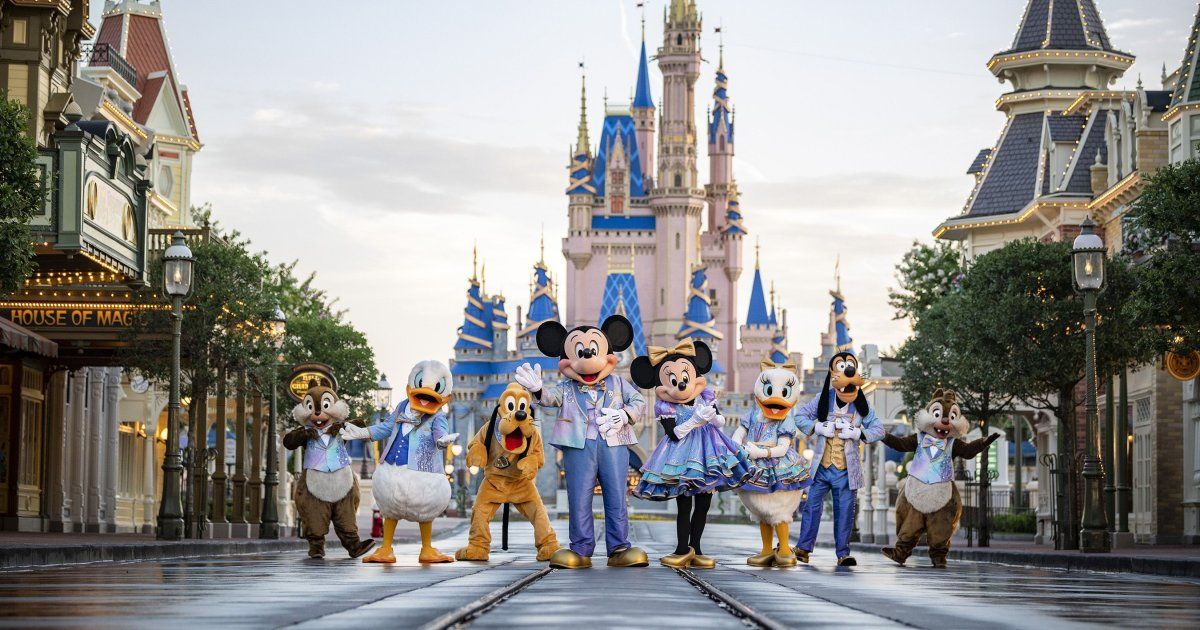HAVANA.- Forty-seven years after leading a battalion of the Cuban army in the Angolan region of Kuando Kubango, bordering Namibia and Zambia, where it faced guerrillas from Jonás Savimbi’s UNITA, Julián, retired captain of the armed forces , waits for the water to enter, sitting on a wooden stool at the entrance to the quarters where he lives in the Luyanó neighborhood, in the south of Havana.
He smokes cheap tobacco and hangs from his neck necklaces of green and white beads, the kind worn by initiates in Afro-Cuban cults.
Julián confesses that when he read Metamorfosis, by the Czech writer Frank Kafka, he suddenly understood the overwhelming capacity for manipulation of the institutions in Cuba. Until that moment, Fidel Castro was his God. And the former USSR (Union of Soviet Socialist Republics) the Holy Spirit. The first time he visited Moscow, without unpacking his suitcase, he took the subway and with other ‘companions’ went to visit Lenin’s mausoleum in the Kremlin. Here is his story.
The story
“My family was very poor. My mother washed clothes on the street and my father was an orchestra man. One day he sold newspapers and the next he was a bricklayer. When the revolution triumphed, many blacks, mestizos and humble people felt empowered. by the new government. We became owners of the home, even if it was a hovel on a lot, and no one asked why they took away the properties and businesses of families who had invested their money to progress. At a stroke, the bourgeoisie became the owner. be the class enemy.”
“To understand the revolutionary process and Fidel’s magnetism, you have to know how he manipulated the people. He shared what he took from others and gave visibility and a sense of belonging to the most humble sector of society. “Overnight, I was studying artillery at a military school in the USSR and ready to give my life in any battle of international geopolitics without knowing its causes.”
“I went to Angola voluntarily, like everyone else. To participate in a war that he did not understand. Years later I learned that Savimbi’s UNITA and Holden Roberto’s FNLA (National Liberation Front of Angola) were financed by the Chinese, who were supposedly as communists as we were. The worst thing about living deceived is what you suffer when you realize it. Unlike Gregorio Samsa, I turned from a cockroach to a person.”
In the summer of 2024, Julián feels that he has lived long enough “to affirm that the revolutionary process was a real scam. The only doubt I have is if it was planned in detail by Fidel or the context was presented to him in that way and he took advantage of it to leverage himself on the throne and manipulate the people, the international institutions and design a powerful story that is still a magnet for the world progressive sector. The Cuban revolution is something ethereal. The economy functioned from fair to bad, squandering resources and money, while it was subsidized by the USSR or Venezuela. The system is not economically sustainable. Their only power lies in the control of society and intimidation.”
The fraud
The use of violence against political opponents and those who think differently is one of the weapons used by the Castro regime. He used the death penalty, long years in prison and verbal lynchings against his opponents. The ‘enemy’ was either the owner of a sugar mill or an anti-communist guerrilla raised in the Escambray mountain range, a peaceful political opponent, a person who wanted to emigrate or a religious person. Anyone who tried to have an independent voice was a challenger.
From the 1960s until the end of the 80s, sociologist Carlos asserts, “the popular base to confront the supposed enemies of the revolution or simply those who deviated from the script written by the powers that be, were the people. black, mestizo or white from very humble origins. In the first years of the revolution they were permissive with theft and looting of private property. And in the acts of repudiation of the Cubans who emigrated through the Mariel, in addition to insults, they were allowed to beat them, throw eggs at them and destroy the property of those who were leaving.”
In Carlos’s opinion, “violence on the Island covers a wide range. It ranges from overt intimidation to subtle fear. People catch it instantly. There is an invisible border that we Cubans know we cannot cross. Censorship worked like Swiss clock in the country. Five or six years ago the fear has been disappearing. It is precisely in the poorest neighborhoods of deep Cuba where they first began to break the rules.”
The violence
Raquel, a social worker, considers that, due to various factors, which “range from the accommodation and divorce of State institutions with the impoverished sectors, certain illegalities were permitted in marginal neighborhoods, such as the sale of beer, drugs and the existence of gambling houses. The government thought that as long as they did not interfere in political affairs, they were not a problem and let them do their thing. The revolution was never able to eradicate the slums. On the contrary, they increased. If before 1959 there were two or three pockets of extreme poverty in Havana, now there are more than 70 communities and dozens of neighborhoods where family and gender violence prevails.”
The brawl that occurred on Saturday, June 8 at Finca de los Monos, in the Cerro municipality, is not an isolated event in the country. Every time there is a public dance in the Plaza Roja of La Víbora, in the Diez de Octubre municipality, in Menocal in the Arroyo Naranjo municipality or in the Tutelar de Guanabacoa, fights occur between gangs, there are injuries with knives and even deaths.
In these localities, the majority of residents are black, mixed race, or come from low-income families who generally do not receive remittances and have fewer opportunities to move up the social ladder.
The most fucked
“We blacks have always been the most screwed in Cuba. Those of us who live worse and those of us who suffer more hunger. We grew up with the indoctrinating discourse that in the United States black people were lynched by the Ku Klux Klan with dogs. We blacks have also been the ones who have emigrated the least and blacks who are business owners are an exception. It was not until the years of the terminal crisis of the economic model, in the 90s, when blacks and mestizos began to emigrate en masse,” says Julián, a retired captain.
By having less money, your leisure possibilities are limited. “They can’t rent a weekend in a hotel in Varadero. They don’t even have the dollars to go to a top bar, eat at a restaurant or buy a pair of Air Jordan sneakers. Unfortunately, violence is sometimes a response to their unmet material needs,” says Raquel.
These poor neighborhoods, mostly black and mixed-race, are the cradle of jockeyism (prostitution), unstoppable drug consumption and the informal market. Julián has a nephew imprisoned for the protests against the regime on July 11, 2021 and that is why he affirms that these marginal communities “are the same ones that start a fight in the Finca de los Monos or go out to shout Díaz-Canel singao y Patria and Life. The younger ones have nowhere to go. They don’t have relatives in the United States or a family member with money to give them parole. They know that they have to fight in the heat. Yes, many have criminal attitudes or are hooked on drugs. “They join Freemasonry, Santeria or Nañiguism as a way to exalt their manhood. But I am convinced that it will be the young people of those neighborhoods who will generate change in Cuba.” The answer is brief: “They are a majority.”



